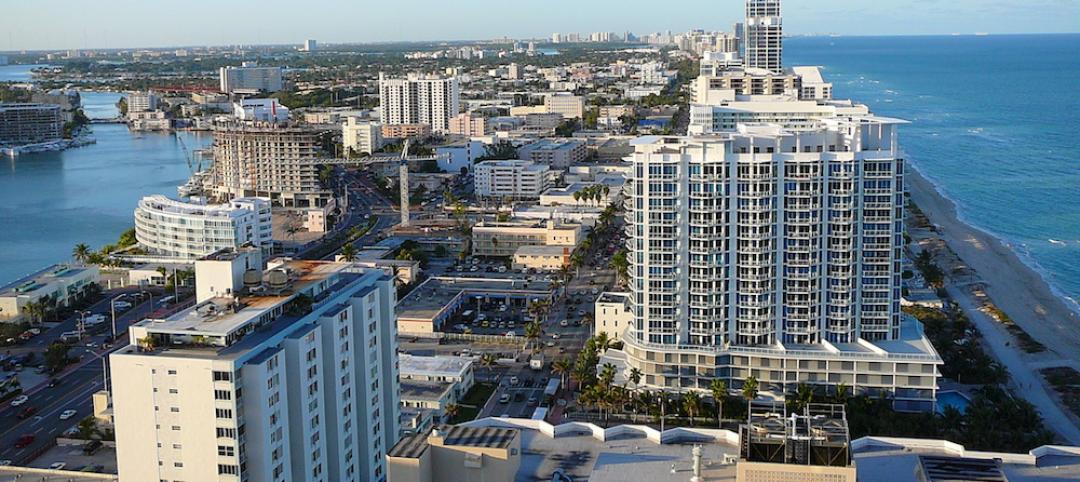After being pressured to scale back efficiency provisions in the 2018 International Energy Conservation Code (IECC), code officials largely held the line on efficiency gains made in recent versions, according to Lauren Urbanek, Senior Energy Policy Advocate, Energy & Transportation program with the Natural Resources Defense Council.
“The building code was under attack at every step of this year-long process,” Urbanek writes. “There were many proposals that would have significantly weakened the code and allowed more opportunities for energy waste, but nearly all were defeated.”
Urbanek noted just one efficiency gain in the new commercial code—one that pertains to water flow in showers. It sets the maximum flow rate of showerheads in commercial buildings at 2.0 gallons per minute, the level that has been specified by the EPA Water Sense program since 2010.
The IECC is used as a model code by more than 40 states. It is updated every three years.
A home built to the 2012 code uses about half of the energy as a standard home constructed in 1975, according to Urbanek.
Related Stories
Legislation | Aug 10, 2016
Calif. bill would speed up environmental lawsuits on certain projects
A nine-month limit has been proposed for some $100 million-plus projects.
Resiliency | Aug 10, 2016
White House pushes for better finance strategies for disaster mitigation and resilience
The move highlights innovative insurance, mortgage, tax, and finance-based strategies.
Regulations | Aug 9, 2016
New trend eases parking requirements for U.S. cities
Transit-oriented development and affordable housing are spurring the movement.
Regulations | Aug 8, 2016
EPA toughens rules to reduce formaldehyde exposure from composite wood products
Products will now have to be labeled as compliant to the new rules.
Regulations | Aug 5, 2016
Stop-work orders in New York City up sharply this year
The orders come after a rise in the number of deadly accidents that have occurred in the past few years.
Sustainability | Aug 4, 2016
S.F. Bay Area voters approve first-of-its-kind tax to fight impact of climate change
The funds from the tax will be used to restore wetlands
Concrete | Aug 2, 2016
Concrete Association builds case against cross-laminated timber
The campaign asserts that not enough is known about CLT in construction
Seismic Design | Jul 28, 2016
Risk of man-made earthquakes now factor in seismic hazard analysis
Significant risk increases seen in some areas of the U.S.
Resiliency | Jul 27, 2016
New York’s resilience plans not taking long-term view, critics charge
Continued waterfront development may be regretted later this century.
Green Specifications | Jul 26, 2016
New Miami Beach law requires LEED certification on projects larger than 7,000 sf
LEED Silver the prescribed standard on buildings larger than 50,000 sf.















